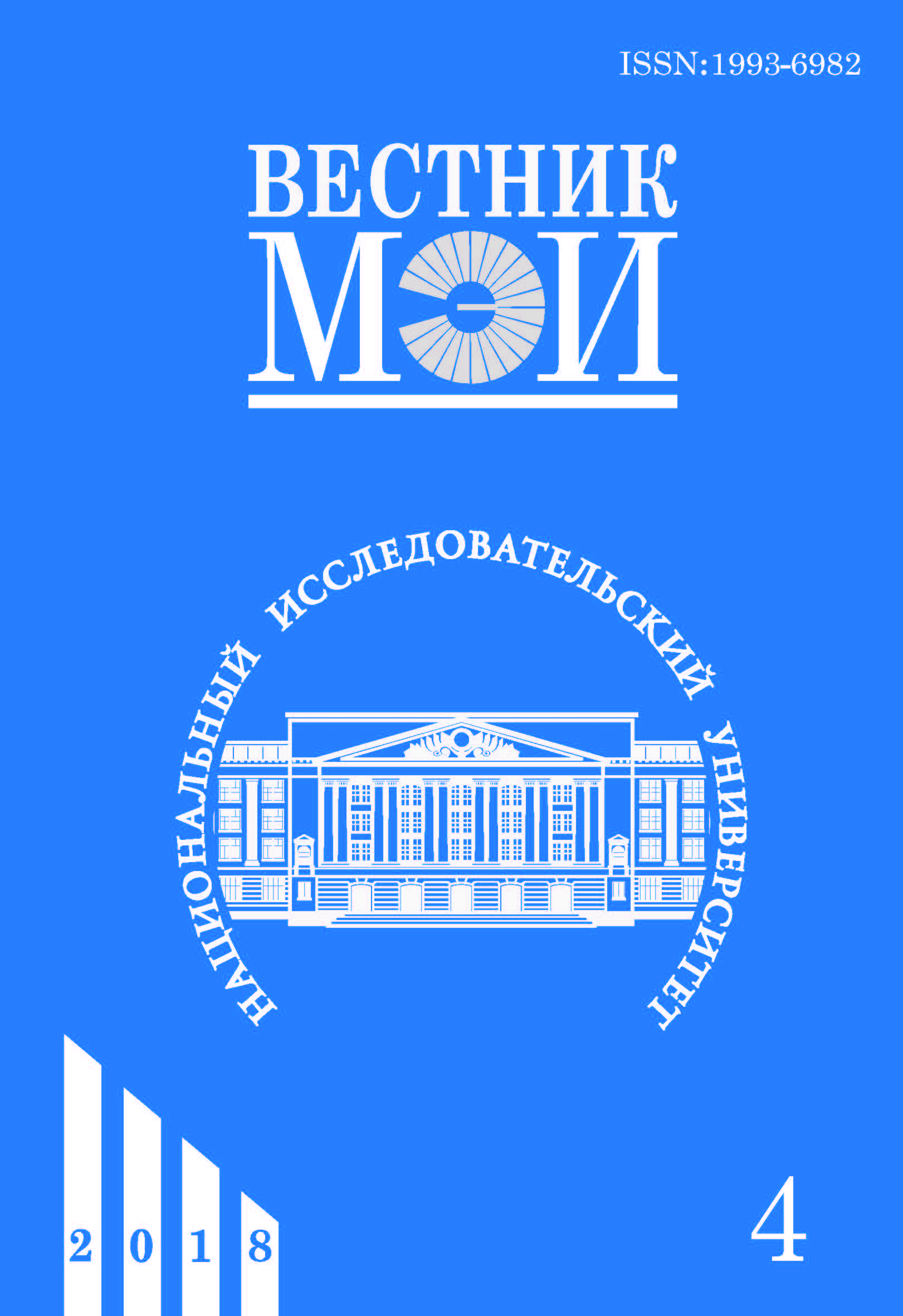Моделирование структурного шума в ультразвуковой дефектоскопии с учетом частотно-зависимого затухания ультразвука
Аннотация
Рассмотрен новый метод математического моделирования структурного шума, возникающего при ультразвуковом контроле материалов с неоднородной структурой. Структурный шум представляет собой нестационарный случайный процесс, своеобразие которого состоит в том, что с течением времени меняется не только дисперсия, но и энергетический спектр структурного шума. Нестационарность энергетического спектра структурного шума вызвана частотно-зависимым затуханием ультразвуковых волн в среде, из-за которого высокочастотные составляющие спектра сигнала ослабляются сильнее, чем низкочастотные. В результате энергетический спектр структурного шума с течением времени сужается и смещается в сторону низких частот. Новизна предлагаемого метода моделирования структурного шума состоит в том, что впервые учитывается частотно-зависимое затухание ультразвуковых волн в зондируемом материале. Структурный шум формируется в результате суперпозиции сигналов, отраженных от неоднородностей, расположенных в объеме материала по случайному равномерному закону. При этом учитываются характеристики зондирующего сигнала и диаграммы направленности преобразователей. В связи с тем, что каждый из этих элементарных сигналов в процессе распространения в среде проходит разный путь, претерпевает различное затухание и, поэтому, имеет различную форму спектра, моделирование структурного шума проводится в спектральной области. Моделирование сводится к вычислению спектров элементарных сигналов и суммированию этих спектров с учетом необходимых задержек. В результате получается спектр реализации структурного шума и затем с помощью обратного преобразования Фурье определяется реализация структурного шума как функция времени. Приведен пример моделирования структурного шума, возникающего при ультразвуковом зондировании материала с заданной частотной зависимостью коэффициента затухания ультразвуковых волн в среде. Сравнение промоделированной реализации и полученной экспериментально подтверждает адекватность предлагаемого метода моделирования структурного шума. Даны ограничения метода и наиболее перспективные области его применения.
Литература
2. Ковалев А.В. и др. Импульсный ЭХО-метод при контроле бетона. Помехи и пространственная селекция // Дефектоскопия. 1990. № 2. С. 29—41.
3. Schickert M. Progress in Ultrasonic SAFT-Imaging of Concrete // Proc. Inter. Symp. Non-Destructive Testing in Civil Eng. Berlin, 2003.
4. Schickert M., Krause M., Müller W. Ultrasonic Imaging of Concrete Elements Using Reconstruction by Synthetic Aperture Focusing Technique // J. Materials in Civil Eng. 2003. V. 15. Pp. 235—246.
5. Shevaldykin V.G., Kozlov V.N., Samokrutov A.A. Inspection of Concrete by Ultrasonic Pulse-Echo Tomograph with Dry Contact // Proc. 7 th European Conf. on Non-Destructive Testing. Copenhagen, 1998.
6. Севалкин Д.А. Методы математического моделирования структурного шума в ультразвуковой дефектоскопии // Вестник МЭИ. 2007. № 2. C. 109—116.
7. Али Зайд Салех Салем, Карташев В.Г., Шалимова Е.В. Моделирование структурного шума с заданными взаимно корреляционными свойствами // Вестник МЭИ. 2013. № 5. C. 88—92.
8. Марков Г.Т., Сазонов Д.М. Антенны. М.: Энергия, 1975.
---
Для цитирования: Карташев В.Г., Трунов Э.И., Шалимова Е.В. Моделирование структурного шума в ультразвуковой дефектоскопии с учетом частотно-зависимого затухания ультразвука // Вестник МЭИ. 2018. № 4. С. 145—151. DOI: 10.24160/1993-6982-2018-4-145-151.
#
1. Kachanov V.K. i dr. Strukturnyy Shum v Ul'trazvukovoy Defektoskopii. M.: Izdat. Dom MPEI, 2016. (in Russian).
2. Kovalev A.V. i dr. Impul'snyy EKHO-metod pri Kontrole Betona. Pomekhi i Prostranstvennaya Selektsiya. Defektoskopiya. 199; 2:29—41. (in Russian).
3. Schickert M. Progress in Ultrasonic SAFT-Imaging of Concrete. Proc. Inter. Symp. Non-Destructive Testing in Civil Eng. Berlin, 2003.
4. Schickert M., Krause M., Müller W. Ultrasonic Imaging of Concrete Elements Using Reconstruction by Synthetic Aperture Focusing Technique. J. Materials in Civil Eng. 2003;15:235—246.
5. Shevaldykin V.G., Kozlov V.N., Samokrutov A.A. Inspection of Concrete by Ultrasonic Pulse-Echo Tomograph with Dry Contact. Proc. 7 th European Conf. on Non-Destructive Testing. Copenhagen, 1998.
6. Sevalkin D.A. Metody Matematicheskogo Modelirovaniya Strukturnogo Shuma v Ul'trazvukovoy Defektoskopii. Vestnik MPEI. 2007;2:109—116. (in Russian).
7. Ali Zayd Salekh Salem, Kartashev V.G., Shalimova E.V. Modelirovanie Strukturnogo Shuma s Zadannymi Vzaimno Korrelyatsionnymi Svoystvami. Vestnik MPEI. 2013;5:88—92. (in Russian).
8. Markov G.T., Sazonov D.M. Antenny. M.: Energiya, 1975. (in Russian).
---
For citation: Kartashev V.G., Trunov E.I., Shalimova Е.V. Simulating Structural Noise in Ultrasonic Flaw Detection Taking into Account Frequency-dependent Attenuation of Ultrasound. MPEI Vestnik. 2018;4:145—151. (in Russian). DOI: 10.24160/1993-6982-2018-4-145-151.




